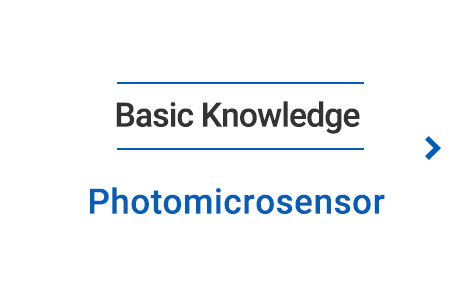
FAQ RANKING
Relay
1 place
-
Q
What is the difference between single contact, twin contacts and crossbar twin contacts in the contact mechanism for relays?
- A
Contact configurations are classified into three types according to the reliability level: Single contact, Twin contact and Cross-bar Twin contact. Refer to Explanation.
2 place
-
Q
Do I only need to specify the model when I order a relay?
- A
Specify the rated coil voltage (V) when ordering, e.g. G2RL-2 DC24.
3 place
-
Q
What is the relationship between the configuration of contact terminals (NO, NC, COM) and the contact type (a-contact, b-contact, c-contact) in the product catalog?
- A
Refer to the table in Explanation below.
Switch
1 place
-
Q
What are basic switches?
- A
A basic switch is a very small switch designed to open and close relatively large electric current with a snap-action mechanism.
2 place
-
Q
How do I properly choose between a basic switch and a sensor?
- A
Basic switches and sensors are both used for detection of an object (workpiece). A basic switch has a simple structure that helps to save energy and directly opens and closes both DC and AC circuit by the contacts. Its snap-action mechanism creates a click feeling that is required for some devices (e.g. computer mouse).
3 place
-
Q
When do you use a basic switch?
- A
A basic swItch is used to cut off the electrical circuit directly.
Sensor
1 place
-
Q
What is a built-in type Photomicrosensors (photointerrupter)?
- A
A built-in type Photomicrosensors, also known as a photointerrupter, is a basic Optical Sensor used to detect object presence in consumer equipment (e.g. multifunction printers, IP cameras, robotic cleaners) and commercial devices (e.g. ATMs, packaging machines, copy machines).
In addition to the component level Photomicrosensors, Omron offers Photomicrosensors for industrial applications, primarily for factory facility equipment and factory automation (FA).
2 place
-
Q
How do I choose between a Photomicrosensors(photointerrupter) and a basic switch (the difference in usage)?
- A
A basic switch is made of open and closed contacts whereas a Photomicrosensors(photointerrupter) is non-contact switching using an optical beam. A basic switch is available for AC and DC supplies.
Since a basic switch does not emit LED, it is ideally suited for applications that require low current consumption such as battery-powered equipment. A Photomicrosensors is superior in durability, sensing position accuracy and response speed.
3 place
-
Q
What are the typical applications of built-in type Photomicrosensors (photointerrupters)?
- A
The built-in type Photomicrosensors(photointerrupters) are commonly used for object presence and absence detection, disk rotation counting, positioning of moving objects and rotating direction detection (for encoder use).



